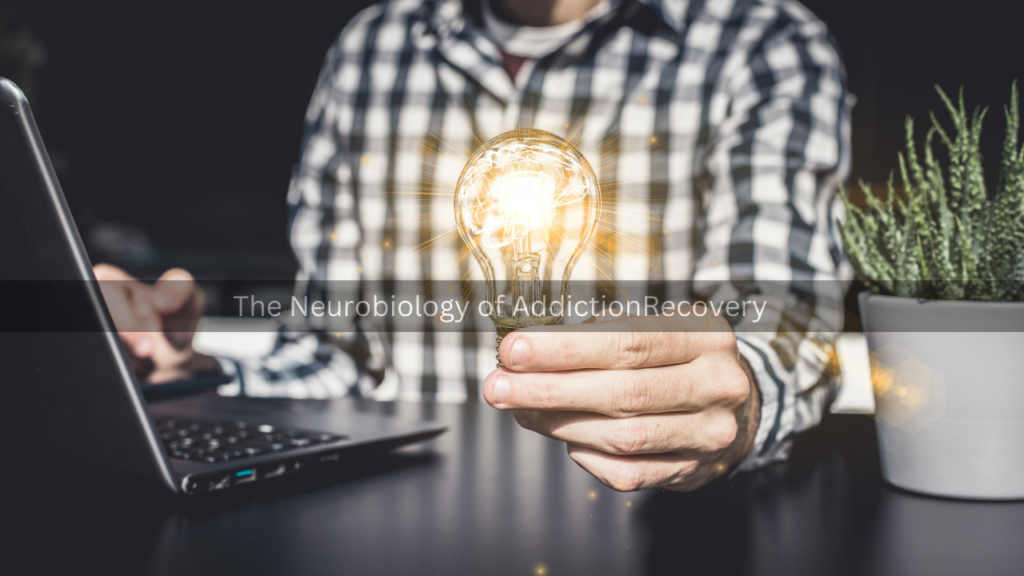
Addiction is a complex condition characterized by compulsive substance use despite harmful consequences. Clinically, it is understood not merely as a failure of willpower or moral weakness but as a chronic brain disorder. Advances in neuroscience have provided a deeper understanding of the neurobiological underpinnings of addiction, shedding light on how the brain changes in response to substance use and what these changes mean for recovery.
The Brain’s Reward System and Addiction
At the core of addiction is the brain’s reward system, which includes structures like the nucleus accumbens, amygdala, and the prefrontal cortex. This system is designed to reinforce behaviors essential for survival, such as eating and reproduction, by releasing dopamine, a neurotransmitter that generates feelings of pleasure. However, drugs of abuse, including alcohol, opioids, cocaine, and nicotine, hijack this system, causing an abnormally high release of dopamine. This flood of dopamine creates a euphoric “high,” reinforcing the behavior and making it more likely to be repeated.
Over time, the brain adapts to the excessive dopamine levels. This adaptation, known as neuroplasticity, is a double-edged sword. While it allows the brain to adjust to new situations, it also leads to changes that sustain addiction. For example, the brain reduces its natural production of dopamine and decreases the number of dopamine receptors. As a result, individuals need more of the substance to achieve the same effect, a phenomenon known as tolerance.
Changes in Brain Structure and Function
Chronic substance use leads to significant structural and functional changes in the brain. The prefrontal cortex, responsible for decision-making, impulse control, and regulation of behavior, is particularly affected. This impairment weakens an individual’s ability to resist cravings or consider the long-term consequences of their actions, further entrenching addictive behaviors.
Moreover, the amygdala, which is involved in stress and emotional responses, becomes hyperactive. This change contributes to the heightened stress response seen in individuals with addiction, making them more susceptible to relapse during stressful situations. The hippocampus, critical for memory and learning, also undergoes changes, which can reinforce the association between substance use and environmental cues, such as certain people or places, that trigger cravings.
Recovery and the Brain’s Capacity for Healing
Despite these profound changes, the brain retains a remarkable capacity for healing and recovery. Neuroplasticity, which plays a role in the development of addiction, also facilitates recovery. With sustained abstinence and appropriate treatment, the brain can begin to restore its normal functioning. Over time, dopamine levels may normalize, and the prefrontal cortex can regain some of its regulatory functions.
Effective treatment often combines pharmacological and behavioral interventions. Medications, such as methadone for opioid addiction or naltrexone for alcohol dependence, can help stabilize brain chemistry, reduce cravings, and prevent relapse. Concurrently, behavioral therapies like cognitive-behavioral therapy (CBT) and motivational interviewing can help individuals develop coping strategies, address underlying psychological issues, and rebuild their lives without reliance on substances.
Conclusion
Understanding the neurobiology of addiction provides crucial insights into why addiction is such a powerful and persistent condition. It underscores the importance of treating addiction as a brain disorder that requires comprehensive and sustained intervention. Recovery is possible, but it involves more than just willpower; it requires a combination of medical treatment, psychological support, and time for the brain to heal. As research continues to advance, the prospects for more effective treatments and better outcomes for those struggling with addiction continue to improve.